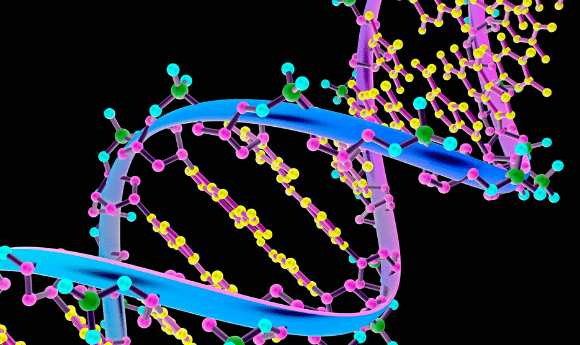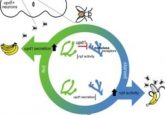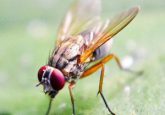STEM students take on Drosophila

An unconventional research project by undergraduate and high school students has led to the publication of an encyclopedia of over 1000 genes, including 421 that were previously unknown.
For many STEM students, taking the leap from the classroom to the laboratory is difficult, and students might be deep into a degree before they perform a ‘proper’ research project. For some, this late-stage step discourages the continuation of a career within the laboratory.
However, at the Undergraduate Research Consortium for Functional Genomics (URCFG) course, set up in the early 2000s at the University of California – Los Angeles (USA), students ‘learn by doing’.
In their latest project, sophomore and freshman students used the G-TRACE system (developed by the URCFG) to study some of the genes present in Drosophila brain, eye and lymph tissues, using 563 Gal4-expressing cell lines. The project produced over 50,000 images, which were posted on the online G-TRACE Expression Database.
The group hopes the database will provide a valuable resource for the Drosophila research community; particularly those interested in sleep, vision and memory.
- How effective are undergraduate laboratory courses?
- Drosophila for diet strategies
- Revealing the Kraken’s secrets: giant squid genome is sequenced for the first time
Students that have participated in URCFG have shown higher STEM retention rates than those that haven’t. “Research on science education says that one of the best way (sic) to teach science is by having authentic research experiences embedded in a course,” explained Tracy Johnson, director of the university’s biomedical research minor, which offers the course. “They learn how to design experiments, how to think like scientists, how to write about science and how to present their research.”
The students have completed two further projects, and one is expected to be published soon. That study uses RNAi to switch off 4000 genes, to determine which affect blood cell development. Previous undergraduate researchers at the URCFG has seen the analysis of the effect of lethal mutations on Drosophila eye development.
“It’s inspiring to know all of this really important research came from freshmen and sophomores. It’s beautiful, high-quality research,” commented Johnson.
We look forward to the results of the rest of the projects, and to hopefully seeing the students flourish in STEM.





